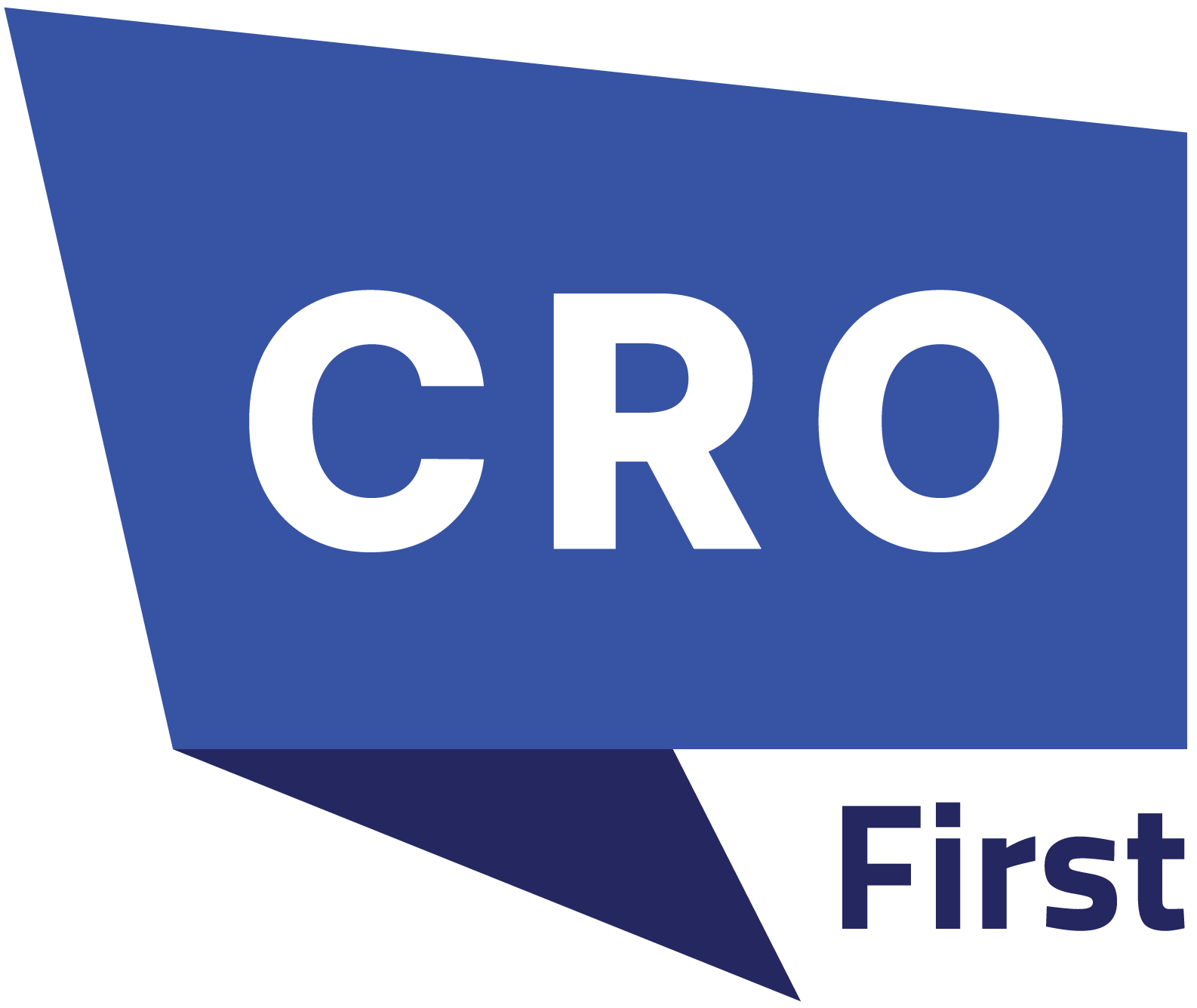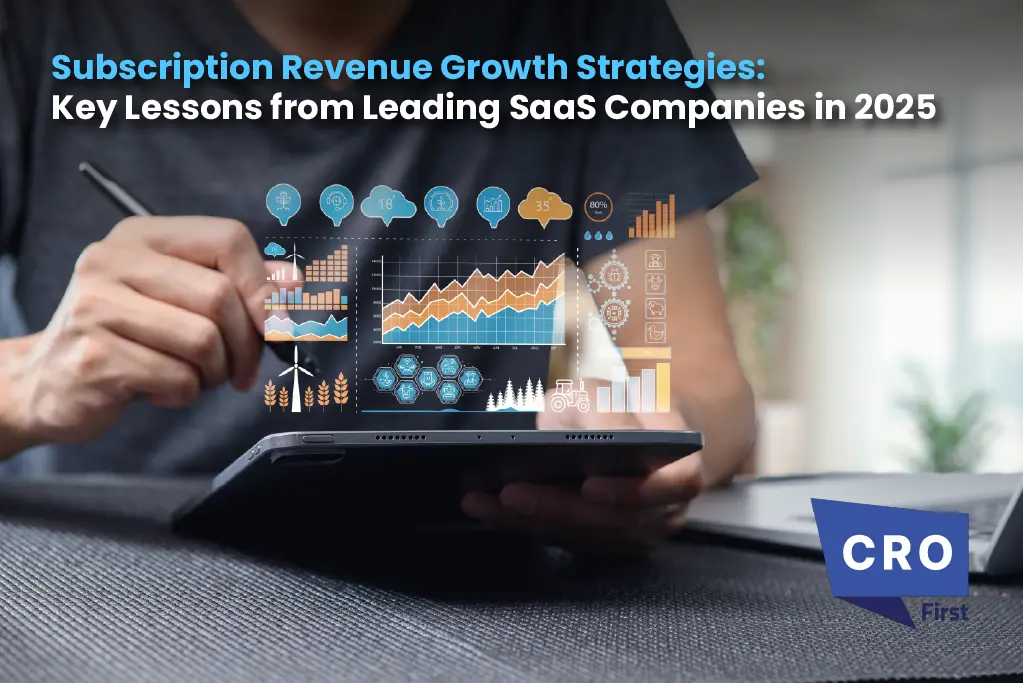The SaaS world is changing fast. The days of chasing growth at any cost are fading. Companies can’t just add customers and hope for the best. Profitable, sustainable growth is the focal point now. It implies careful consideration of the revenue streams, the customer retention strategies, and the potential for the account growth over the lifetime of the relationship. Subscription revenue growth is no longer optional, it’s the metric that separates the winners from the rest.
The strategic revenue management, or SRM, plays a vital role in this change. It is built on the three pillars: retention, expansion, and efficiency. Customer retention, in this case, refers to the satisfaction and activity of the customers. Expansion is about growing revenue inside existing accounts. Efficiency is about making sure the business isn’t wasting money chasing the wrong growth.
The stakes are bigger than ever. According to the World Bank, Europe and Central Asia are projected to grow only 2.4 percent in 2025, rising slightly to 2.6 percent over the next two years. That’s below the average of the past decade. It shows that every dollar of growth matters. In 2025, elite SaaS performers will focus on retention, upselling, and reducing churn. NRR becomes the ultimate benchmark for measuring real success.
The Foundational Metric That Shapes SaaS Growth
Let’s be honest, most SaaS teams love chasing new logos. But the real game-changer isn’t how many you acquire, it’s how much you grow from the ones you already have. That’s where Net Revenue Retention, or NRR, pulls rank. Unlike Gross Revenue Retention (GRR), which only shows how much existing revenue you kept, NRR includes expansion. It rewards upsells, cross-sells, and renewals that push your revenue beyond 100%. When that number crosses the century mark, you’re growing without spending a single extra dollar on acquisition.
Now, this isn’t theory. Salesforce’s latest results say it loud. Its subscription and support revenue jumped about 9.5% year over year, part of a total revenue forecast hitting $41 billion for FY26. That’s what healthy NRR looks like in motion, steady, sustainable, and predictable.
Behind this predictability sits Revenue Operations. RevOps links Sales, Marketing, and Customer Success so teams stop operating in silos. Together, they track customer health, forecast renewals, and find expansion triggers before churn even starts whispering. The result? A company that grows from within, builds resilience, and understands that subscription revenue growth isn’t luck, it’s engineered discipline.
Engineering Retention Through Value and Onboarding
Retention isn’t an accident. It’s the outcome of how quickly customers see value, how consistently they use your product, and how well your team anticipates their needs. The first 90 days define everything. When new users sign up, their excitement is high but patience is short. This is where Time-to-Value becomes your secret weapon. A guided onboarding experience, clear in-app checklists, and a dedicated Customer Success Manager can turn that early curiosity into long-term trust.
HubSpot proves what this looks like in practice. In Q2 2025, its subscription revenue hit $744.5 million, climbing 19% year over year. That growth doesn’t come from chasing new sign-ups alone. It’s the result of onboarding that works, with personalized guidance and built-in education through HubSpot Academy. Users don’t just buy software, they master it.
But retention doesn’t stop after onboarding. The real trick is driving continuous feature adoption. Every overlooked function represents a loss of potential and a risk of attrition that is waiting to happen. HubSpot and Notion are examples of companies that employ in-app notifications, templates, and contextual learning to maintain customer interest by assisting users in discovering more profound levels of the product.
In the end, customer success that is proactive brings everything together. Instead of waiting for tickets, top SaaS players track product usage and sentiment to spot ‘at-risk’ users early. When customer health scores drop, action kicks in before churn does. The best SaaS companies understand that retention isn’t about fighting cancellations. It’s about proving value over and over until renewal feels like the only logical step.
Driving Expansion Revenue Through Upselling and Cross-Selling

Growth-minded SaaS companies don’t just sell products; they grow revenue from the same customers by constantly expanding value. That’s the essence of total monetization. It’s not about squeezing more out of users; it’s about aligning what you charge with the outcomes they achieve. Modern pricing is becoming dynamic, adaptive, and personalized to reflect customer success rather than fixed tiers that age fast.
One of the clearest shifts in this direction is usage-based pricing. When revenue scales with how much a customer actually benefits, it feels fair and fuels expansion naturally. Slack’s Q1 2025 results prove how powerful that model can be. The platform posted over 726 million Swiss francs in revenue, up a sharp 43% year over year, as teams expanded their usage across departments and functions. Growth came not from selling harder, but from customers finding more value and using more of what already worked.
Usage models notwithstanding, upselling and cross-selling are still the same old sales levers. The most clever SaaS firms produce their items in the manner of Lego sets, that are modular, flexible, and easy to grow into. Transitioning from a Standard to an Enterprise plan or adding a complementary module does not seem an upgrade proposition but rather a natural next step in growing up.
Then, the new horizon is: customer personalization powered by AI. OpenAI’s recent study with BCG shows that organizations leading in AI adoption are seeing 1.5 times faster revenue growth and stronger shareholder returns. The takeaway is clear. Generative AI doesn’t just automate, it understands. By recommending the next best feature or workflow based on user behavior, AI turns every moment of engagement into an expansion opportunity. The best SaaS players now know that smart personalization isn’t a sales tactic, it’s a growth engine hiding in plain sight.
Hardening the Business Against Churn
Keeping customers is not just about making them happy. It is about understanding why they might leave and acting before they do. Voluntary churn happens when customers decide to cancel on their own. A lot of the time, it can be avoided. The smartest SaaS companies put a churn deflection funnel in place right when someone hits cancel. Instead of just letting them go, the system gives options. They can pause the subscription, downgrade to a cheaper plan, or get personalized offers. Tools like Chargebee Retention help with this. They let companies give the right option at the right moment. The outcome is fewer cancellations and customers who feel that someone is listening to them.
Involuntary churn is different but equally important. It happens because of failed payments, like expired cards or declined transactions. Surprisingly, this causes a lot of lost subscriptions. Smart dunning processes take care of this automatically. The system can retry the payment, send emails, or even SMS reminders to make sure the revenue doesn’t disappear. It happens quietly in the background and keeps the relationship intact.
The best SaaS companies combine both approaches. They look at churn as a signal, not a failure. They study why users disengage and step in early. By managing voluntary and involuntary churn together, they protect revenue, keep customer trust, and make retention predictable. In subscriptions, stopping churn is just as important as winning new customers. The companies that understand this get the real advantage.
The Future of Subscription Growth in 2025

Subscription growth in 2025 is not about getting as many new customers as possible. The companies that do well focus on making the most out of the customers they already have. That means keeping NRR high by growing revenue inside existing accounts and making sure churn is handled properly. Growth comes from helping users see value fast. It comes from using data to know what they need before they even ask. It comes from offering new features or plans at the right moment. Subscription revenue growth becomes the measure of how well a company is executing these strategies.
Without a doubt, AI will be of great importance in the future. Firms will be able to offer personalized services at the user level. It is capable of proposing the next feature to try out or even identifying potential churners. Outcome-based pricing is another trend coming up. The idea is simple. You make more money only when your customer actually succeeds. This makes the growth decently rather merely increasing. Whichever companies do it right are going to be way ahead in the SaaS market by 2025 and beyond.

